NAPA VALLEY, Calif. — My son teases me about being “easily amused” and with good reason. He knows I find pleasure in such daily occurrences as the colors of an oil slick in a puddle or finding a penny in the supermarket parking lot.
One of those events happened on an April evening earlier this year when another couple came over to play cards. It was the Saturday before our clocks would “spring forward,” and since we were up until the wee hours anyway, we decided to watch our phones to see the numbers actually make the leap at 2 a.m. When they did, we cheered and clapped like we had won the lottery. We still laugh with our friends about that shared memory.
But early this morning, after we “fell back” and I woke up an hour earlier than I might have otherwise, I wasn’t laughing. It was darker than it should have been, and already I knew that it would get dark earlier in the afternoon, too — a situation that will only worsen when the Earth tilts on its axis during its wobble around the sun.
The first thing I had to do was go around the house to reset the clocks. The phones and computers changed themselves, of course, but did the kitchen range? I never can remember. The ancient microwave does not, and since I only do this twice a year, it always takes a minute to remember how to do it. Don’t even get me started on the clocks in our low-tech cars!
Changing clocks is the very least of my complaints about daylight saving time, however. Another is that this afternoon when I am ready to go for a walk, it will be pitch-black outside. The same after-dinner ramble I took back in July at 7 p.m. will now need to start at 4, or not happen at all. Yes, I could walk in the mornings, but that’s not the point. My walk is a prize I give to myself after a day well spent. If I’m going to reward myself at 10 a.m., I might as well just go back to bed.
And think about the schedule disruptions! In addition to missed planes and trains, how many times have people arrived late for church services, yoga classes, coffee dates or work on one Sunday morning of the year, and turned up an hour early on another?
People have been tinkering with changing their clocks since ancient times. The Romans varied the hours they worked by setting their water clocks with different sets of scales for different months of the year. In the late 18th century, Benjamin Franklin advocated that Parisians should follow his “early to bed, early to rise” dictum for the purpose of economizing on candles. The national assembly in Spain changed the times of important meetings to take advantage of sunlight, but at least they didn’t insist that the whole country follow suit.
An early proponent in New Zealand was entomologist and astronomer George Hudson, who wanted more time in the summer evenings to collect insects. In the United Kingdom, William Willett, a builder, also lobbied for more hours. Neither of those men lived to see their plans put into action.
As a child I learned that the reason for daylight saving time was to help farmers, and since my grandfather often worked into the night harvesting crops, that made sense to me. But this was not the case. Farmers railed against the idea, in fact, saying their work was determined by nature and that toying with the clocks disrupted chores such as feeding and milking their animals and planting crops. Now, as then, they live by the sun, whenever it comes up and goes down.
When the United States went to war in 1918, the Standard Time Act was passed for the purpose of adding more daylight hours and thus saving energy — at that time mostly coal. It was reenacted during World War II and then used willy-nilly by states that could start and stop as they pleased.
That led President Lyndon B. Johnson to sign the Uniform Time Act into law in 1966. Before that, imagine trying to catch a plane or figure out when it was going to land with different states working on random schedules. That law standardized the daylight-saving times that had been starting and stopping at the whim of different states for many years.
During an oil crisis in the 1970s, another law tried to make daylight saving time temporarily permanent, but that didn’t work, either, so back we went to springing and falling every six months. And now here we are again.
Experts in just about every field report that the expected benefits of this system have never panned out. Sleep specialistssay it takes at least a week for our circadian rhythms to normalize after each change and for us to become as productive as we were before the disruption. Researchers have found that there are more heart attacks and workplace accidents after the spring shift. Energy professionals say the electricity conservation is miniscule to nonexistent now that we all use air conditioning in the summer and switch our lights on early in the winter. Technology also plays a role. Modern energy-saving devices such as LED light bulbs render the electricity question further irrelevant.
All of this being the case, some 63% of Americans support a permanent, year-round time, and I count myself among that number. Thirty states have introduced legislation to make the change, with 15 of them saying they would do it immediately if the federal laws would allow it. In March 2022 the U.S. Senate passed the Sunshine Protection Act, which would have done away with this annoyance, but the House of Representatives failed to take it up, and that was that.
If I sound a little frustrated and cranky, it’s because all of the evidence implies that abolishing DST should be a no-brainer, and yet nothing changes. Hasn’t Mother Nature always known better how to operate her planet than we earthlings? It’s about time we paid attention.
If today’s story captured your interest, explore these related articles:
Sunday E-dition: Napa's Haunting Spirits — A Ghostly Trilogy
Sunday E-dition: Calistoga and Its Library – a Century Long Retrospective
The Historical (And Personal) Significance of Mexican Independence Day
Sunday E-dition: Frank Trozzo’s “IMAGINE THAT!” Art Show is a Fantastical Experience
Ray Ray’s Tacos Adds Spice to St. Helena’s Expanding Food Scene
Sunday E-dition: Mental Health Tips for Caregivers and Students
Sunday E-dition: End-of-Life Planning for Peace in Challenging Times
Sunday E-dition: Retired Judge Brings Real Napa Valley Crimes to Life
Sunday E-dition: WineaPAWlooza Raises $1.1 Million for Animals
Glenda Winders is a novelist, freelance writer and copy editor for Napa Valley Features.
Levity Corner
Caption contest: Pick your favorite caption or add your own in the comments below.
Possible captions:
“This time change nonsense was easier to ignore before clocks.”
“Twice a year they do this, and they wonder why they’re tired.”
“Trust me, kid. They have no idea what they’re doing either.”
“So, wait, what’s the point? Exactly.”
“Honestly, we’re better off ignoring their inventions.”
Last week’s contest results
In “Sunday E-dition: Napa's Haunting Spirits — A Ghostly Trilogy,” the winning caption was "You do realize 'last call' means something very different to him,” with 50% of the votes.
“You do realize 'last call' means something very different to him."
"And that’s why we don’t talk politics at the bar!"
"He said he’s here for the spirit specials."
"No bones about it, this guy is the life of the party!"
"Skeleton crew drinks for free!"
Last Week
In “Under the Hood: Heidi Barrett’s Bold and Creative Life,” Tim Carl examined the life and legacy of Heidi Barrett, the renowned Napa Valley winemaker often dubbed the “Queen of Cult Cabernet.” Barrett’s innovative approach to winemaking, influenced by her winemaker father and artist mother, blends rigorous science with an artist’s touch, embodied in her own wine labels featuring original artwork. From her early days at Silver Oak Cellars to her celebrated work at Dalla Valle and Screaming Eagle, Barrett’s wines earned critical acclaim and defined Napa’s cabernet scene. A passionate advocate for diversity in wine varietals, Barrett also collaborates with her daughters on various projects, ensuring the family’s winemaking tradition endures.
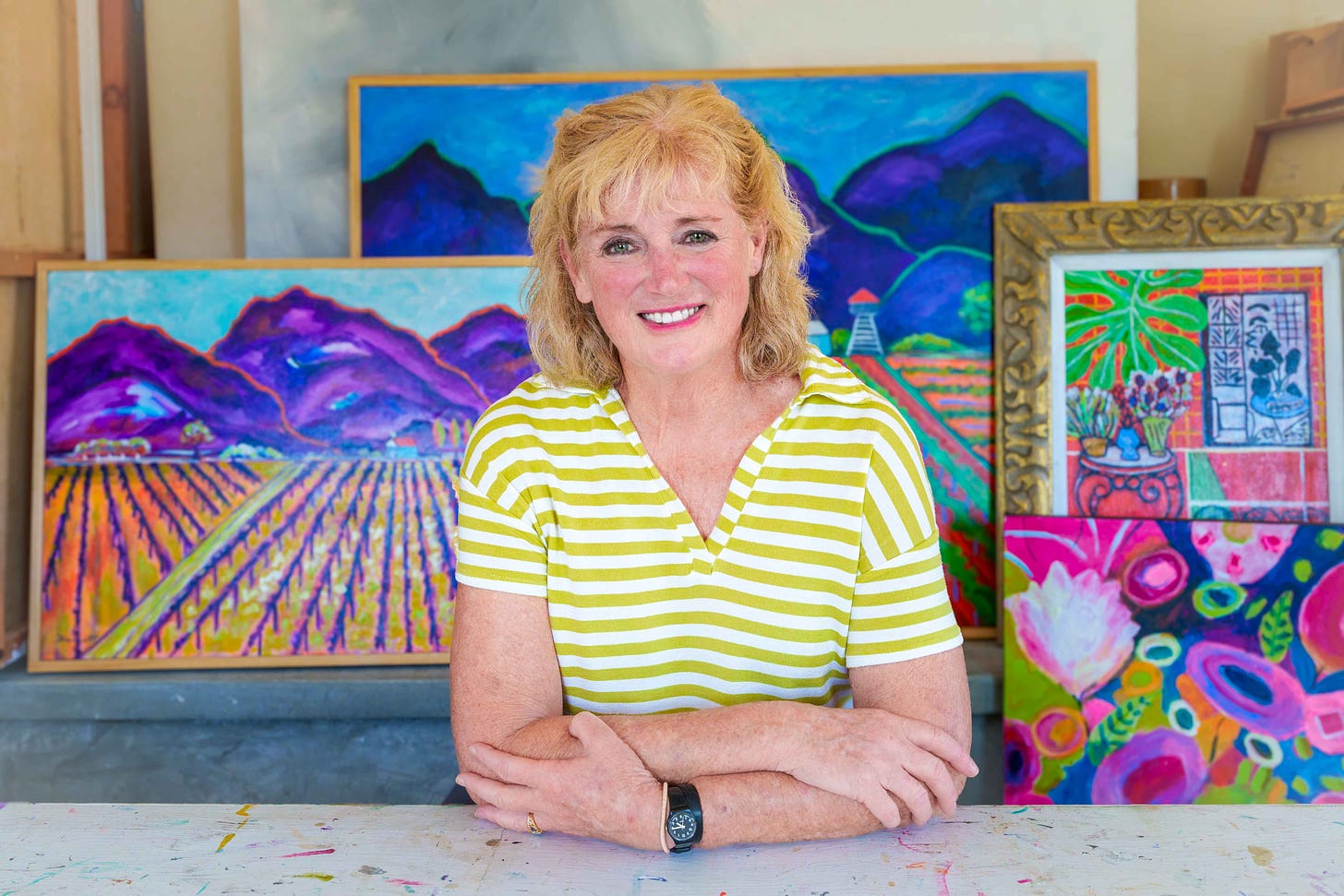
Rebecca Yerger explored Napa Valley’s supernatural legends in “Napa’s Haunting Spirits — A Ghostly Trilogy,” recounting eerie stories tied to local haunts. She first detailed a Napa bar frequented by the ghost of a former womanizer who met a tragic end, often seen by patrons until the bar’s recent closure. Next, she shared tales from Beringer Bros. Winery in St. Helena, where unexplained phenomena, including disembodied footsteps and objects moving in the Rhine House, are attributed to founder Frederick Beringer. Yerger concluded with the playful spirit of “Jack,” a mischievous child ghost in Calistoga who delights in pranks on a bachelor homeowner, giving a spooky yet humorous twist to Napa’s ghostly folklore.
Eduardo Dingler highlighted Napa’s vibrant downtown scene in his article “Napa’s Thriving Downtown: A Look at New and Old Favorites.” He explored how Napa has evolved into a lively hub for visitors and locals, blending established venues with new attractions such as Folklore and the Iron Shaker Mixology Competition. Dingler shared personal anecdotes, including a fond memory of Uva Trattoria, while celebrating events at venues like Cadet Wine Bar and Compline Napa. His reflections underscored Napa’s growing reputation for combining wine culture with diverse culinary and social experiences.
Dan Berger critiqued the trend of dark-colored red wines in his article, "Why Color Isn’t Everything," challenging the popular belief that deeper hues signify superior quality. Berger argued that the darkening of wines, often achieved through added enzymes or specific blending techniques, can strip wines of complexity and detract from varietal nuances, especially in lighter reds like pinot noir. He explored traditional and alternative color extraction methods, pointing out that wine color is more about marketing than quality. Berger suggested that these practices cater to consumer perceptions rather than enhancing the wine itself.
Kathleen Scavone detailed the impact of sudden oak death and the efforts to protect Napa Valley’s oaks in “Sudden Oak Death Disease Problems and Prevention.” Caused by Phytophthora ramorum, SOD has ravaged oak populations across California and Oregon. Scavone highlighted the Napa County Resource Conservation District’s annual SOD Blitz, where volunteers help monitor and prevent the disease's spread. She also discussed the broader significance of oaks as keystone species, which support diverse wildlife and Indigenous food practices. Scavone urged ongoing vigilance to preserve California’s biodiversity amidst these threats.
Sasha Paulsen recounted her involvement with the election process in her piece, "The Most Important Election in our Lifetimes." Reflecting on her experiences from campaigning in Iowa to joining her local St. Helena vote center, Paulsen shared insights into the vital work behind the scenes at polling places. From training to assist voters in Napa’s in-person voting centers to her daughter's encouragement to serve in her place, Paulsen expressed both the challenges and dedication involved in supporting this foundational aspect of democracy.
Penny Pawl shared insights on the ecological importance of bats in Northern California in her article, "What You Might Not Know About Bats." Pawl highlighted the role of bats as pollinators and insect-eaters and addressed threats to North America’s 154 bat species, including habitat loss, disease and wind turbines. She also included fascinating facts, from the medicinal use of bat saliva to the tequila-dependent agave pollination by bats, underscoring their diverse contributions to both ecosystems and human health.
Next Week
Next week we have more interesting articles from a host of Napa Valley Features contributors. The UC Master Gardeners of Napa County will join “Green Wednesday” to offer gardening advice and updates on local climate issues. Dan Berger will delve into the history of fiasco bottles in Italian wine culture. Mariam Hansen will examine Napa Valley's recurring flood challenges, while Lisa Adams Walter highlights a new partnership, Paws for Peace, supporting domestic violence survivors and their pets. The Weekender on Friday will provide a guide to events and activities across the valley. On Saturday, Tim Carl will explore the recent decline in paid subscriptions and its potential impact on Napa Valley Features, along with more insights and features.


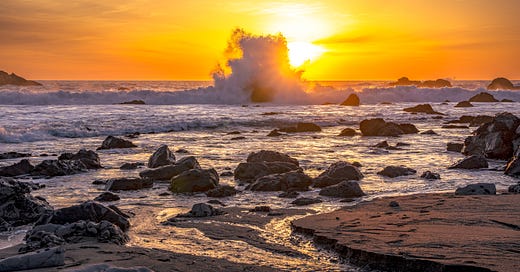


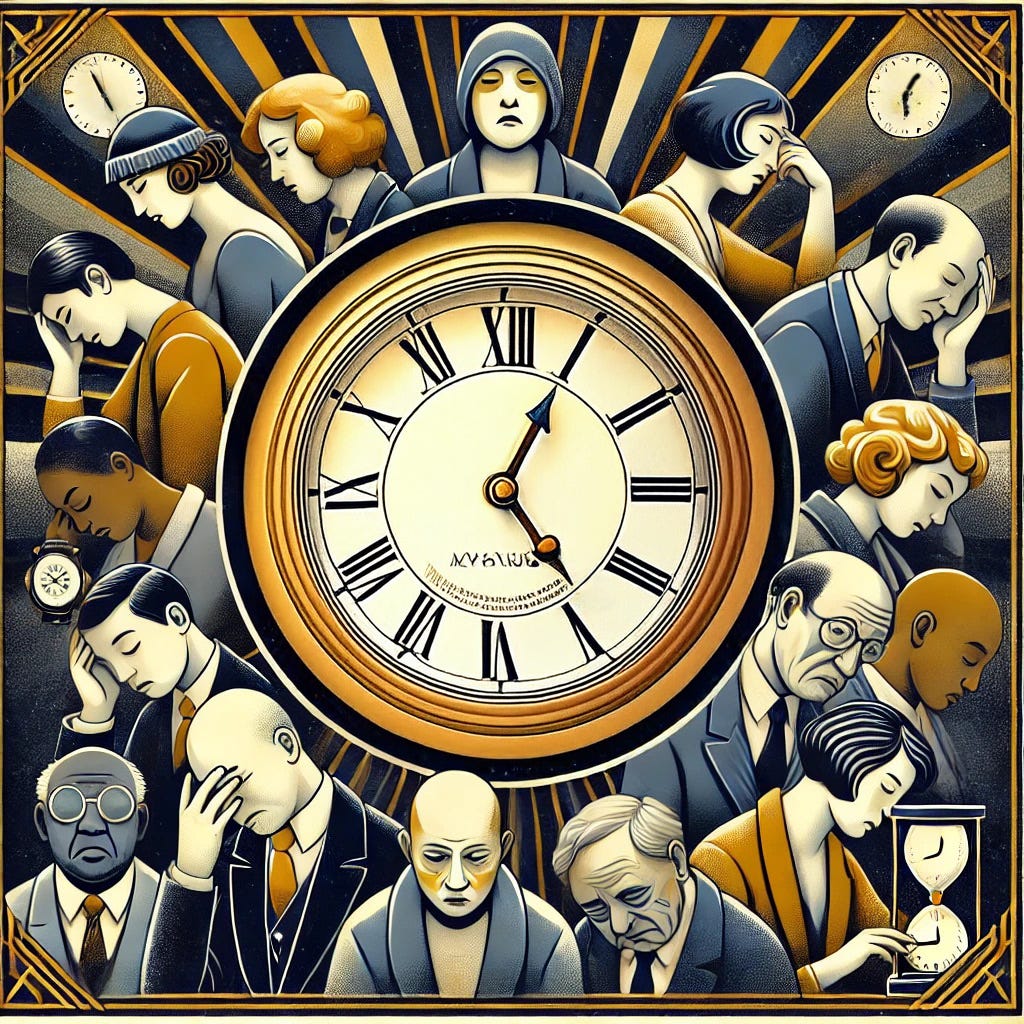

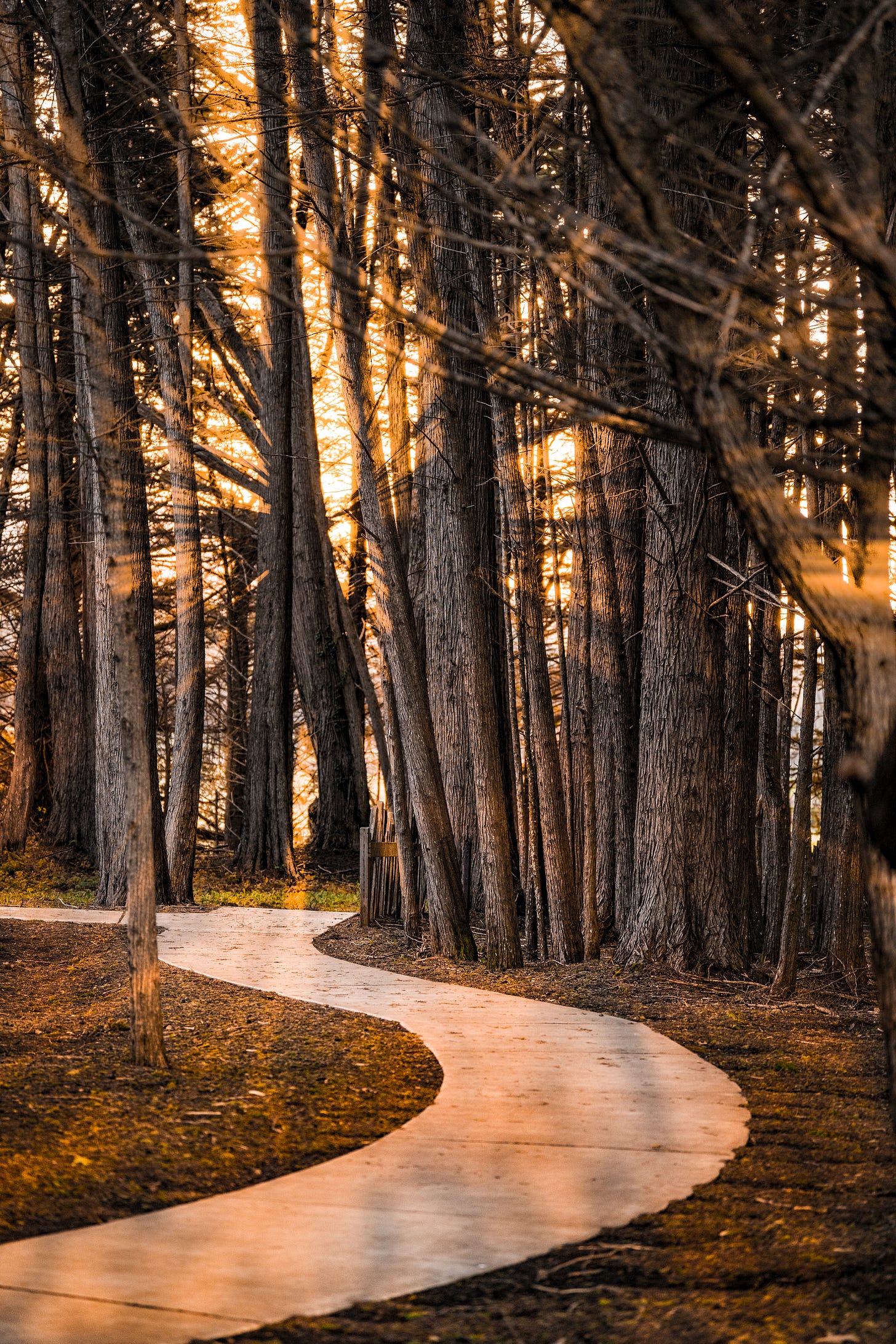
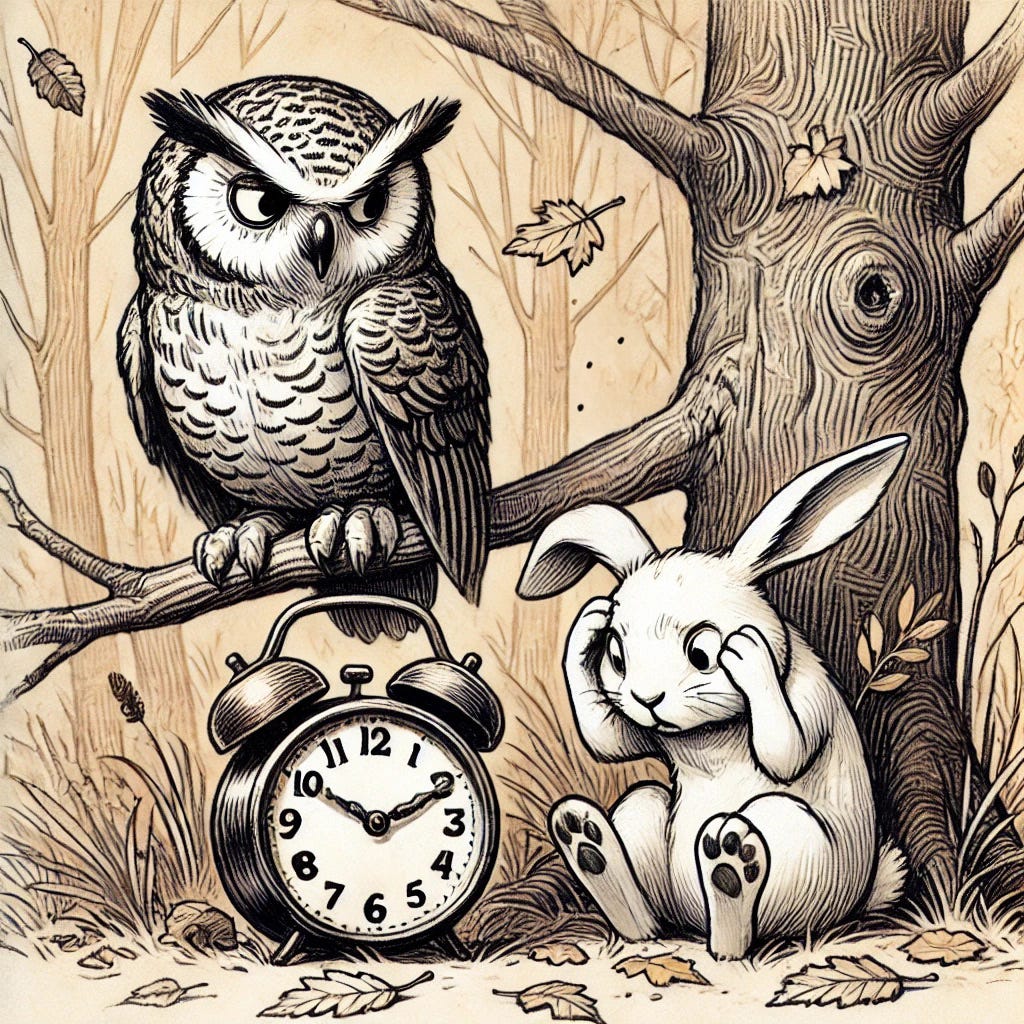

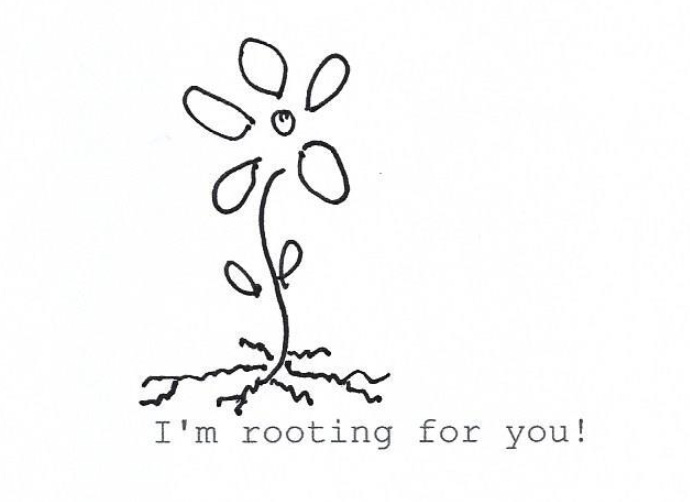
Good morning Glenda,
I truly hate daylight savings time. I couldn’t agree with you more that Mother Nature should do her job with longer days and then longer nights as the seasons turn. I feel for parents of little ones who have to go to bed on the summer while the sun is still up. And if people want to go out and spend more money (which lobbyists interested in) during summer months, they will no matter what kind of lighting there is; the warm weather and fun will still be there.
People also forget that when we turn our clocks back or forward, we are doing in one flash what Mother Nature would do over the course of 60 days, minute by minute. If we remained on DST, there would be a time when it would be dark at 8:00am. Who wants to go to school when it’s dark?
I could go on and on, I just hope Congress makes the right choice in making standard time permanent.
Thank you for your article.
Margan Holloway
I like the "easily amused" comment. My son thinks that's my most endearing quality. But that's better than the current political situation of so many being "aggressively gullible".
Let's simply split the daylight difference. Next Spring we only "spring ahead" a half hour and leave it that way forever.